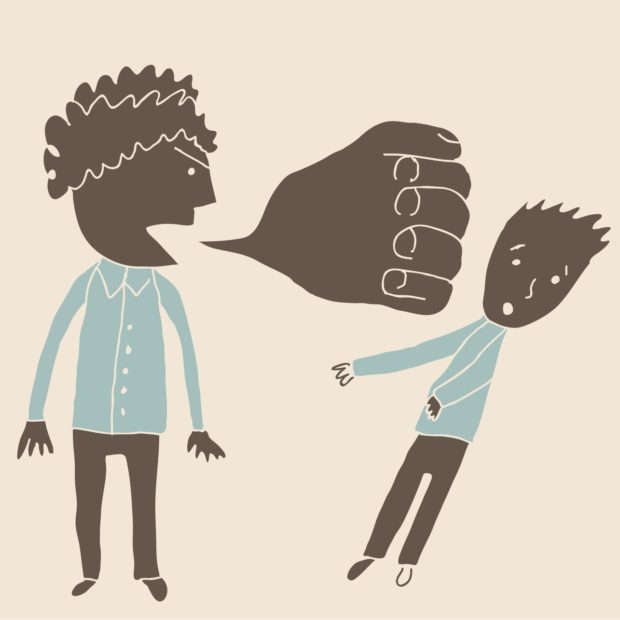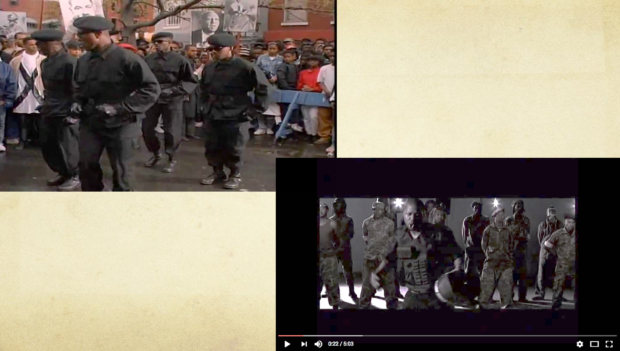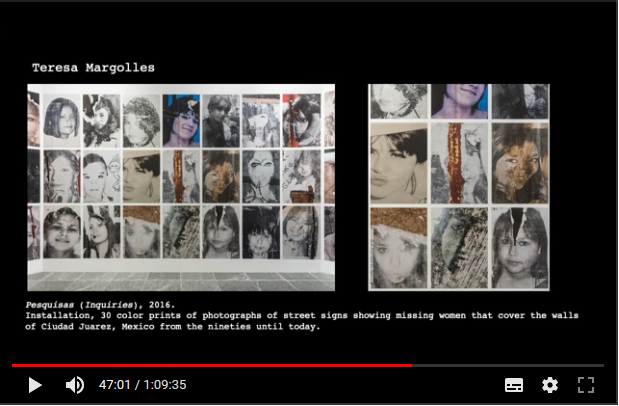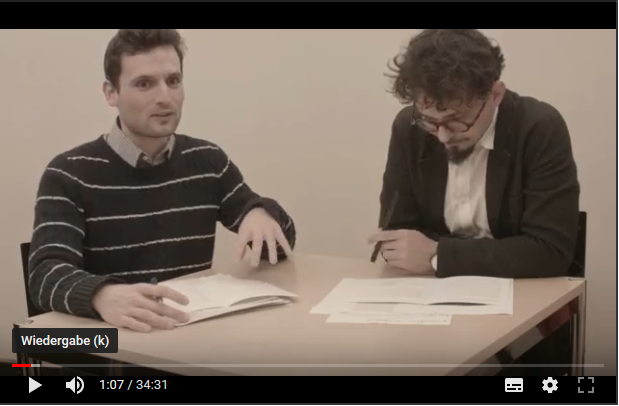Our understanding of what violence actually is has changed considerably during the second half of the 20th century. This shift occurred at a rapid pace: When in the 1960s violence against children and women became a public and political issue in the first place, it was exclusively physical violence. Today, however, psychological and emotional violence are at least as much the focus of attention; violence has long since ceased to be a physical act, and speech is also regarded as a form of violence.
This phenomenon has hardly been the subject of any research to date. Neither the preconditions nor the effects of this process have been sufficiently illuminated. This lecture addresses these developments and changes by exploring the epistemology of our current understanding of violence. Taking a perspective from the history of knowledge, the lecture will use three exemplary cases – gender base violence, speech as violence, and bullying – to show why and how perceptions of violence and vulnerability have changed over the last 50 years.
Prof. Dr. Svenja Goltermann, Department of History, University of Zurich








